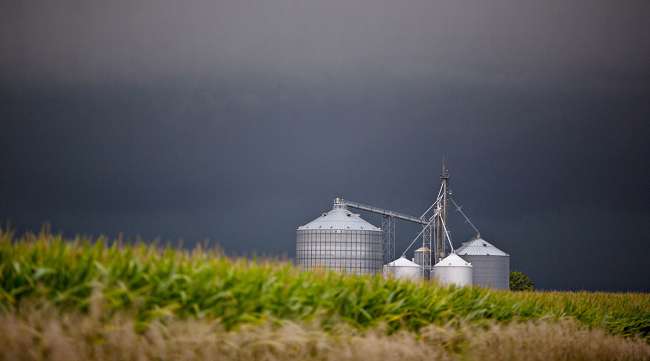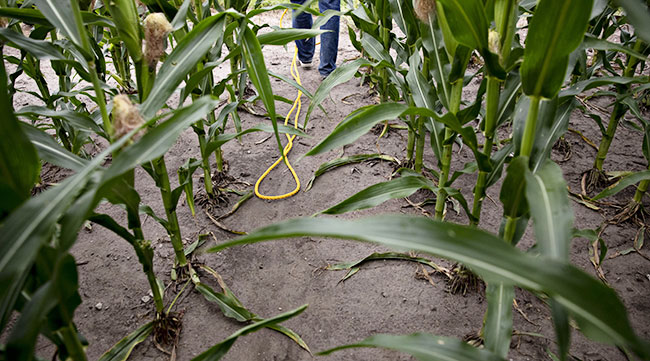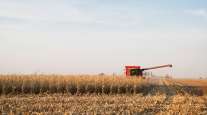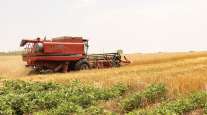Crazy Midwest Weather Contributes to Farmers’ Stress

[Stay on top of transportation news: Get TTNews in your inbox.]
Crazy weather that disrupted U.S. Midwest plantings is adding to farmer stress, with growers ranking 2019 as their hardest year ever.
A survey conducted by Farm Futures showed that 53% of respondents said 2019 is the most difficult year they’ve faced as farmers — that includes 49% of baby boomers and mature growers, who lived through the 1980s farm crisis, according to the poll of 711 growers carried out from July 21 to Aug. 3. Results of the survey are being released at the Farm Progress Show in Decatur, Ill., on Aug. 28.
Growers already suffering from years of depressed prices are now contending with the loss of export markets as President Donald Trump’s trade war with top soybean buyer China drags on. Farm debt is expected to rise 3.9% this year to $427 billion, according to the U.S. Department of Agriculture. And last year, farm debt-to-income was at the highest level since 1984.

Daniel Acker/Bloomberg News
“American farmers are under as much or more stress than during the farm crisis, exacerbated by 2019’s extreme weather patterns,” said Holly Spangler, executive editor at Farm Progress and editor of Prairie Farmer.
Tensions escalated last week during the annual Pro Farmer Midwest Crop Tour, with the USDA removing its staff from the tour after a government employee was threatened. The threat came from someone not involved in the tour. At a heated meeting in Grand Island, Neb., growers questioned the tour organizers and the USDA about the government’s methodology in determining planted area and yields.

Daniel Acker/Bloomberg News
Two-thirds of the farmers polled agreed that weather disruptions are making financial pressures worse. The survey also found that younger producers are more likely to be stressed than baby boomers or mature farmers as they usually own less land and are less financially secure.
Stress was also correlated with growers’ ability to plant. Farmers with higher stress reported they weren’t able to sow a greater percentage of their acres than the average grower. American producers were unable to seed a record 11.2 million acres of corn and 4.35 million acres of soybeans, according to the USDA Farm Service Agency’s August report.




